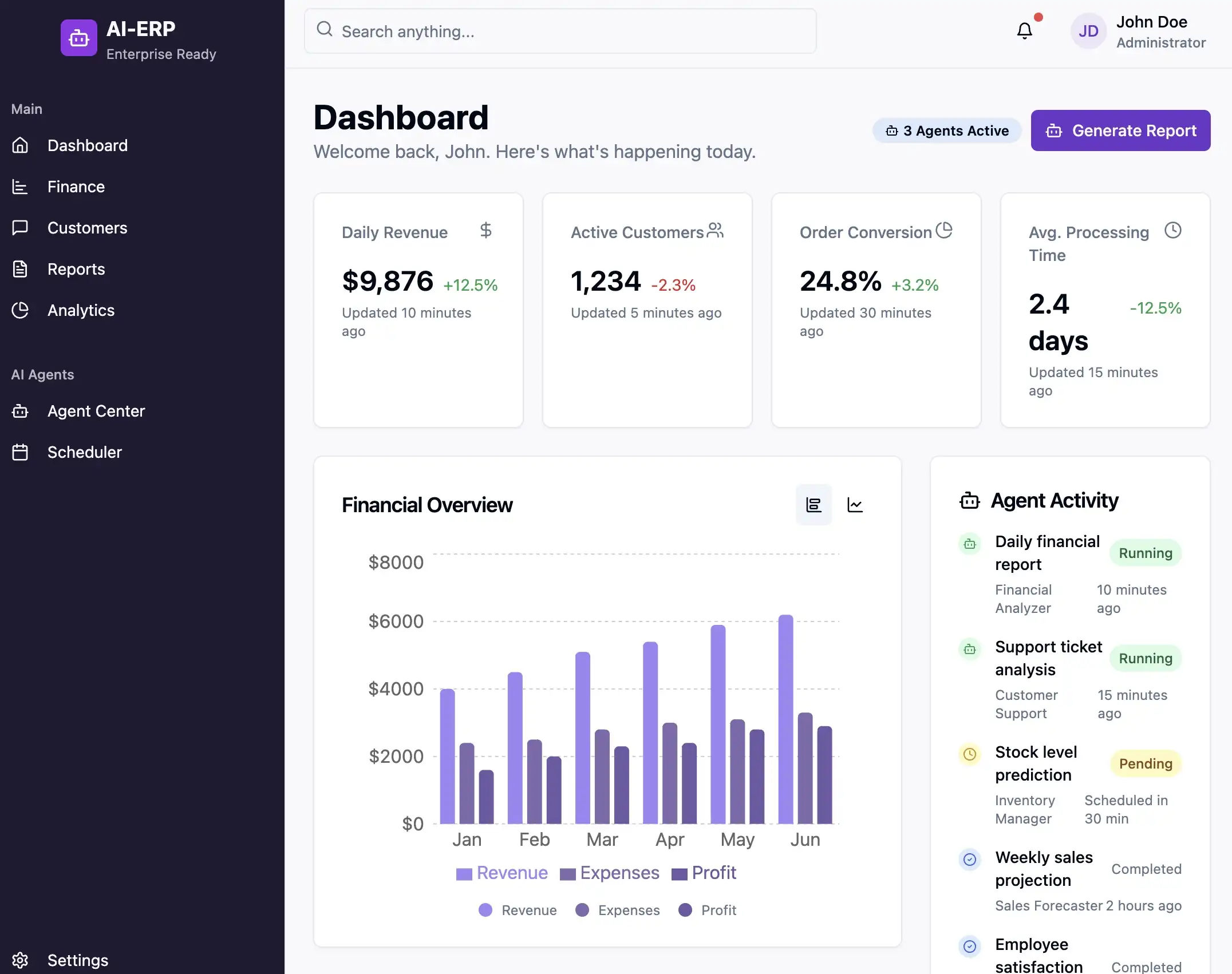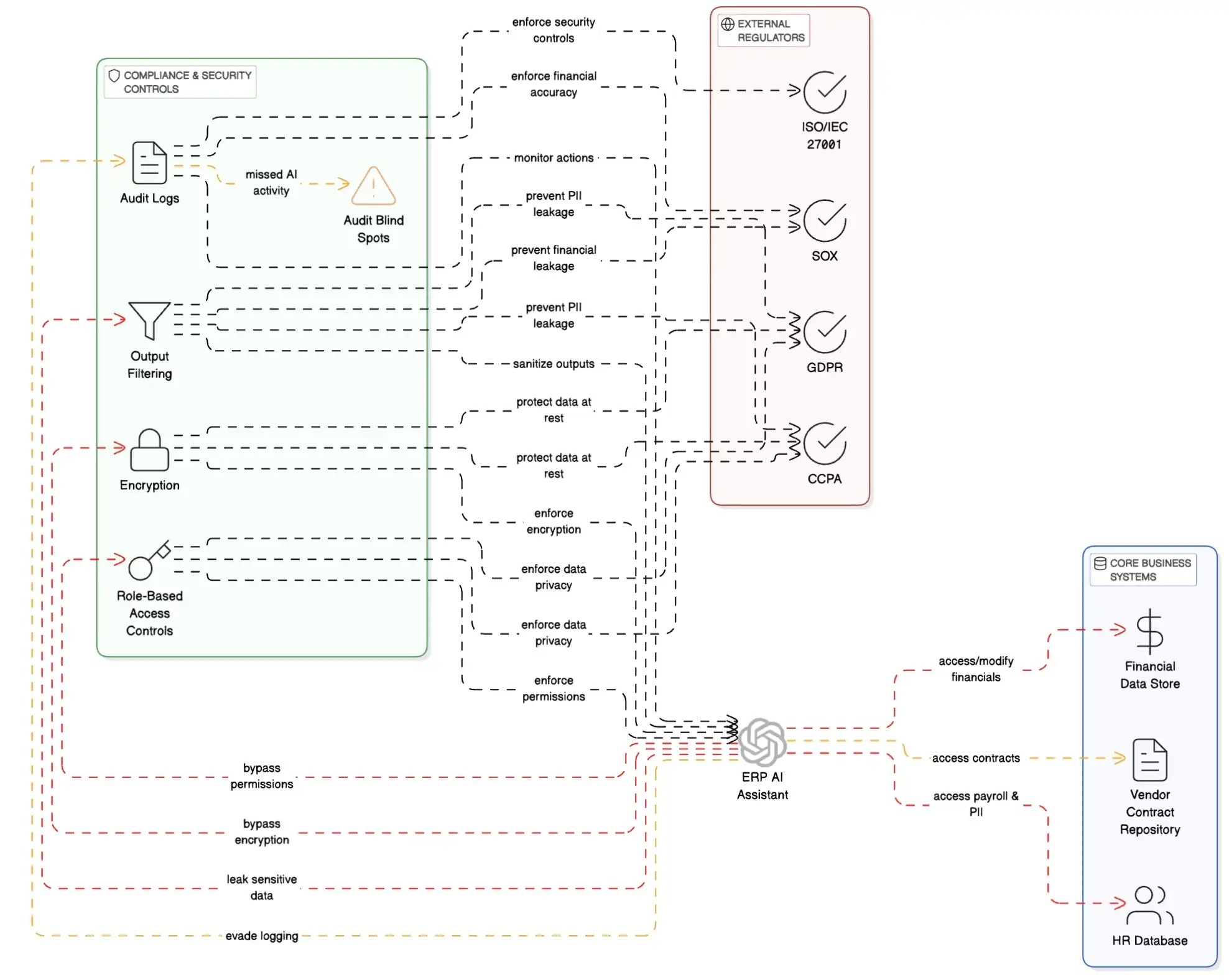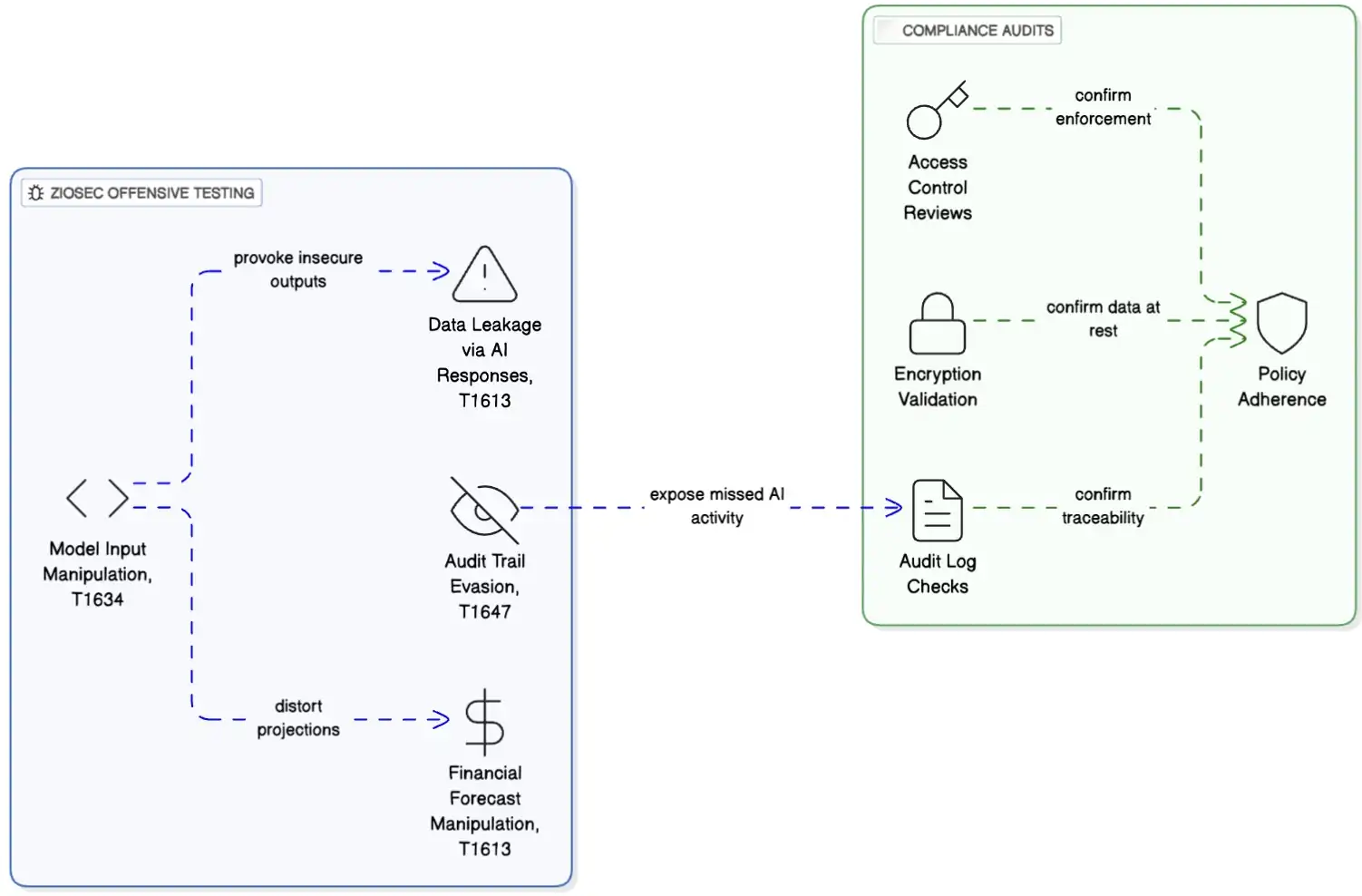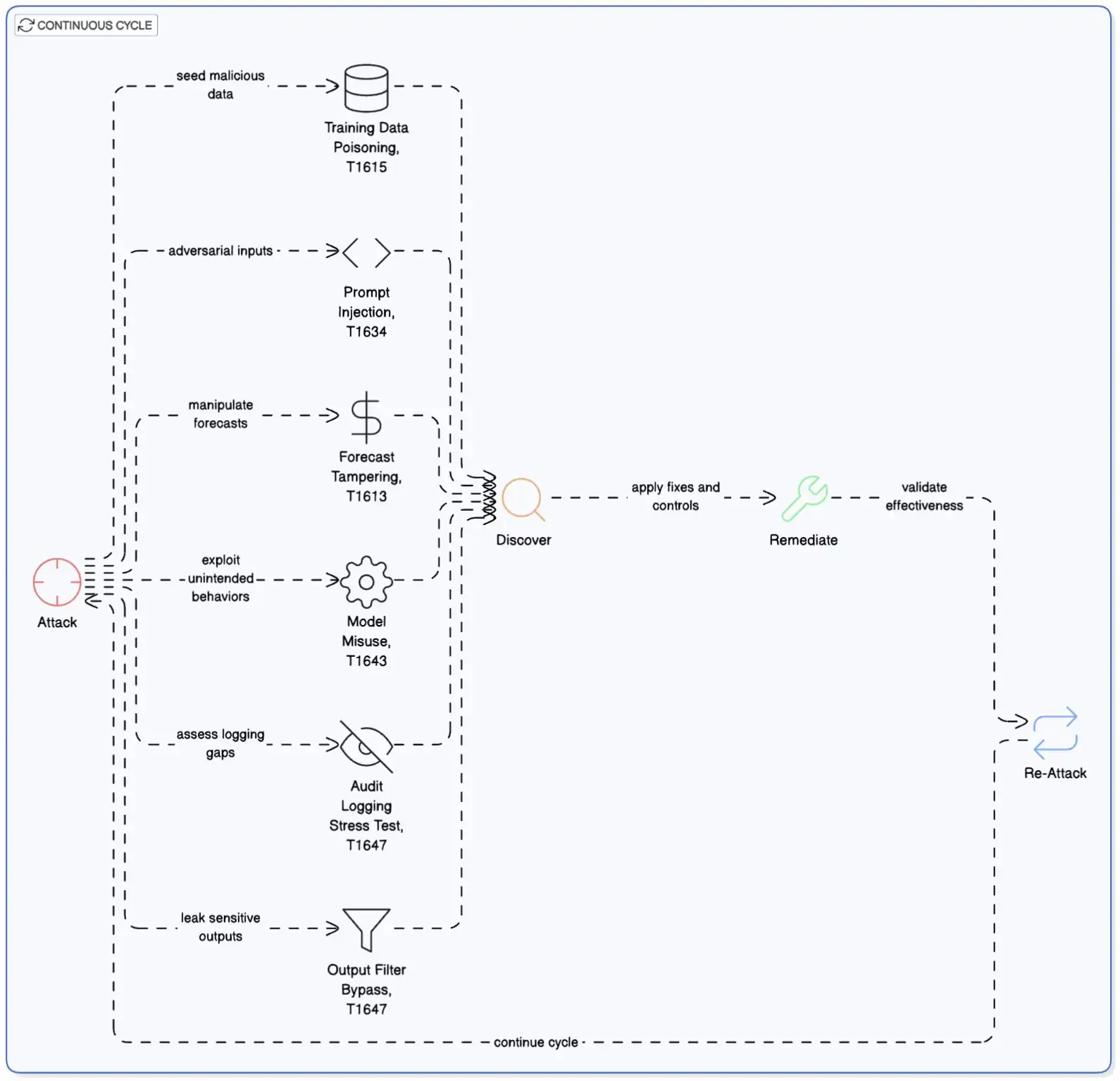
Enterprise Resource Planning (ERP) systems are the crown jewels of modern organizations. They house everything from finance and HR to supply chains and vendor relationships. When enterprises layer AI assistants into these systems, they’re unlocking efficiency—but they’re also opening new doors to unseen risks.
For global enterprise, an AI assistant inside the ERP helps automate cash flow predictions, workforce planning, and vendor contract management. It sounds like the future. But the real question isn't whether it saves time. The real question is: can they trust it with the keys to their most sensitive operations?
The Stakes: ERP AI’s Critical Role
ERP platforms aren’t just databases—they’re decision engines. And when an AI assistant augments that engine, a wrong decision could mean exposing payroll data, skewing revenue forecasts, or failing regulatory audits. Companies operate under the strict gaze of SOX for financial accuracy, GDPR and CCPA for data privacy, and ISO/IEC 27001 for security. They even begin aligning with emerging AI-specific frameworks like NIST AI RMF and ISO/IEC 42001. But frameworks and policies only go so far. They need proof that their ERP AI system could withstand attack.
ERP AI Threat Model Diagram
The ERP AI assistant is connected to financial databases, HR records, vendor contract systems, and compliance audit logs. Each connection is a pathway. Each pathway could be an exposure point for data leakage, financial manipulation, or audit gaps.

How We Attack: MITRE ATLAS in Action
At ZioSec, we don’t assume. We attack. Using MITRE ATLAS, we simulate what real adversaries would try against this ERP AI assistant. We craft tricky inputs, designed not to break the system—but to make it misbehave. That’s adversarial input perturbation in action. Could the AI assistant be nudged into leaking payroll data or skewing financial projections?
Next, we test whether the assistant could be misused. Could it prioritize fraudulent vendors or hide financial irregularities? That’s model misuse in MITRE’s playbook. And finally, we stress-test the system’s configurations. Did data filters, encryption, and logging actually work under pressure, or were there cracks?
Compliance vs. Offensive Testing
Compliance checks verify that encryption is in place, that logs exist, that access controls are set. ZioSec’s offensive tests ask harder questions. Can forecasts be tampered with? Can sensitive data leak through the assistant’s outputs? Are audit logs catching everything? That’s the difference between compliance and security.

Key Discoveries: From Theory to Reality
Even with mature security in place, vulnerabilities surface. Sensitive HR data shows up in places it never should. Financial forecasts, which executives rely on, can be manipulable—skewed by a few clever prompts. And most concerning? Audit logs can miss some AI-generated activity. SOX compliance is at risk without anyone realizing it.
Outcome: Continuous Proof, Not Assumptions
With ZioSec’s testing, this isn't just another ERP system—it is a provably secure one. Gaps are closed, forecasts stabilized, and sensitive data is locked down. Compliance isn't just theoretical—it's operational. And because AI systems evolve, we don't stop there. Continuous testing becomes part of the workflow, ensuring security evolves with the system.
Continuous AI Security Cycle
Attack, discover, remediate, re-attack. This cycle repeats as the AI evolves. Inputs get tested. Forecasts are challenged. Audit logs are reviewed again and again. That’s how you stay ahead.

Running AI inside your ERP? Make sure it’s secure.
Contact ZioSec today to stress test your ERP AI workflows.
Schedule a Pentest